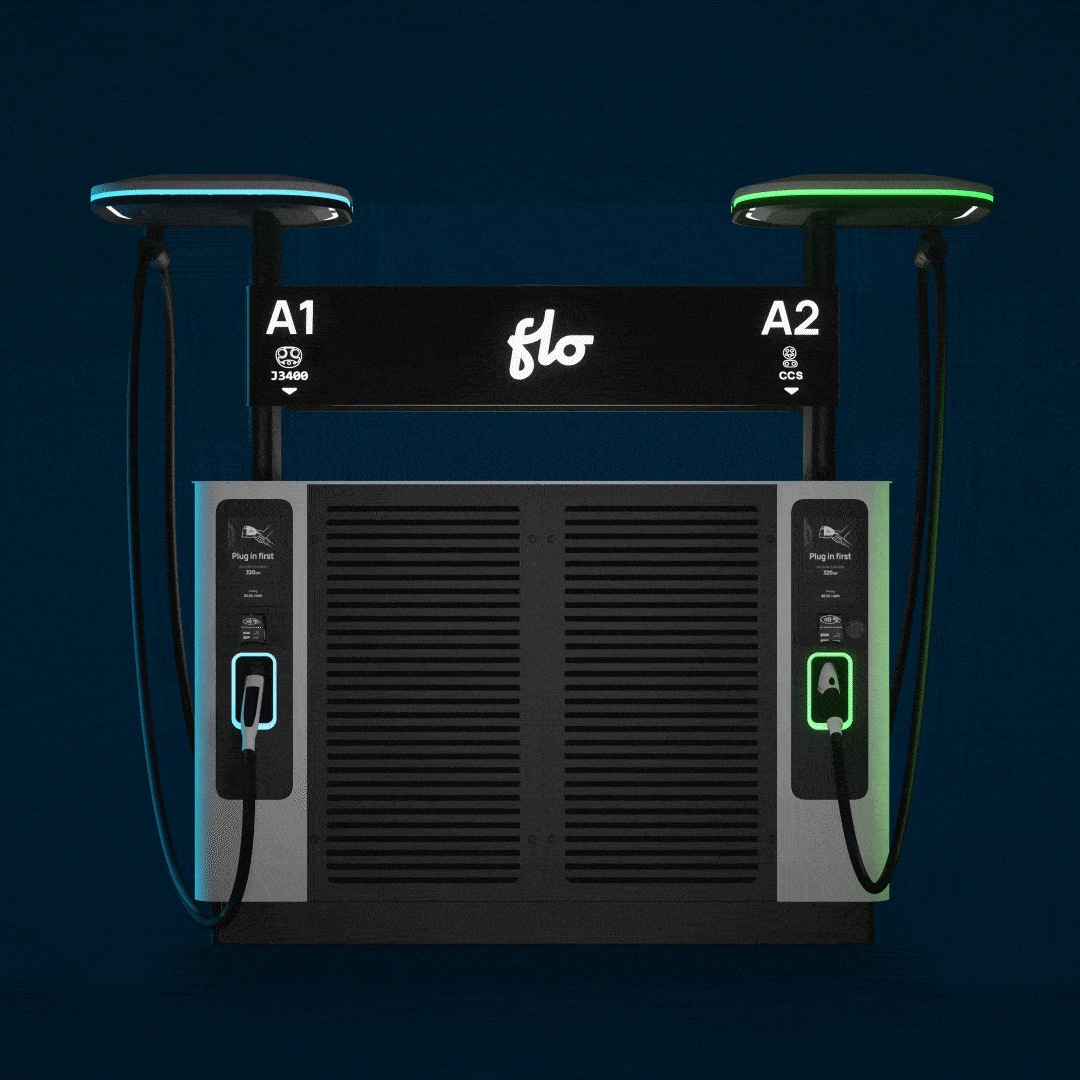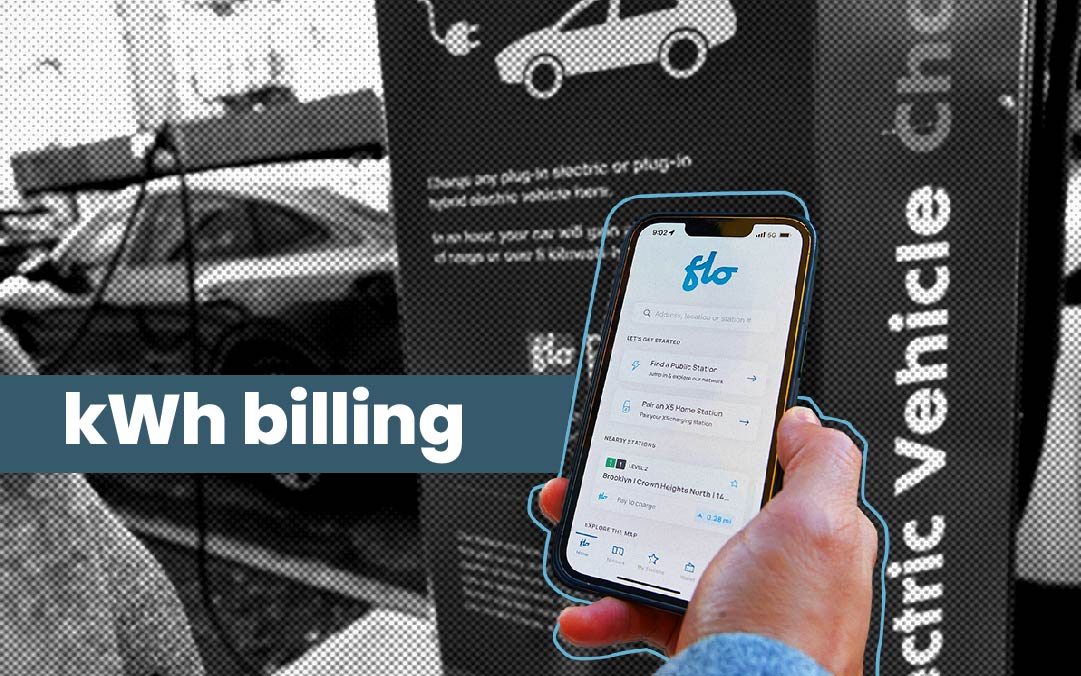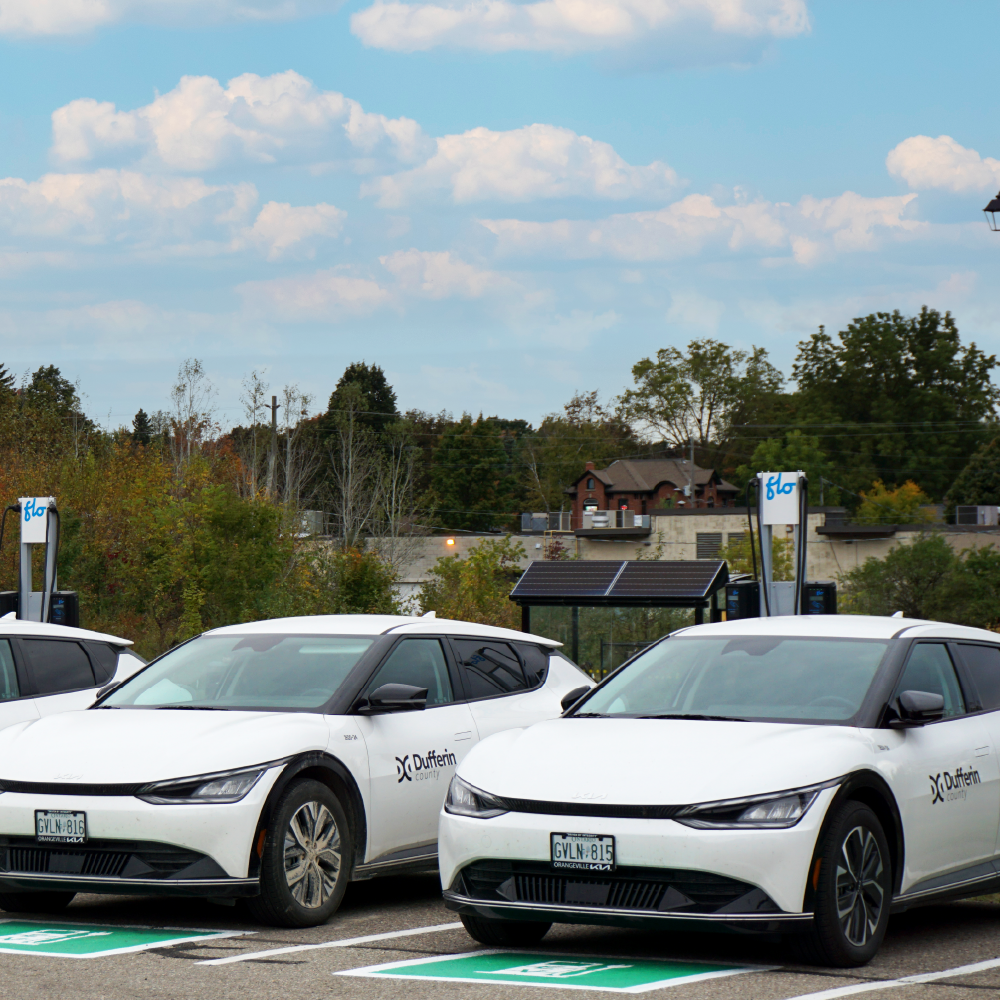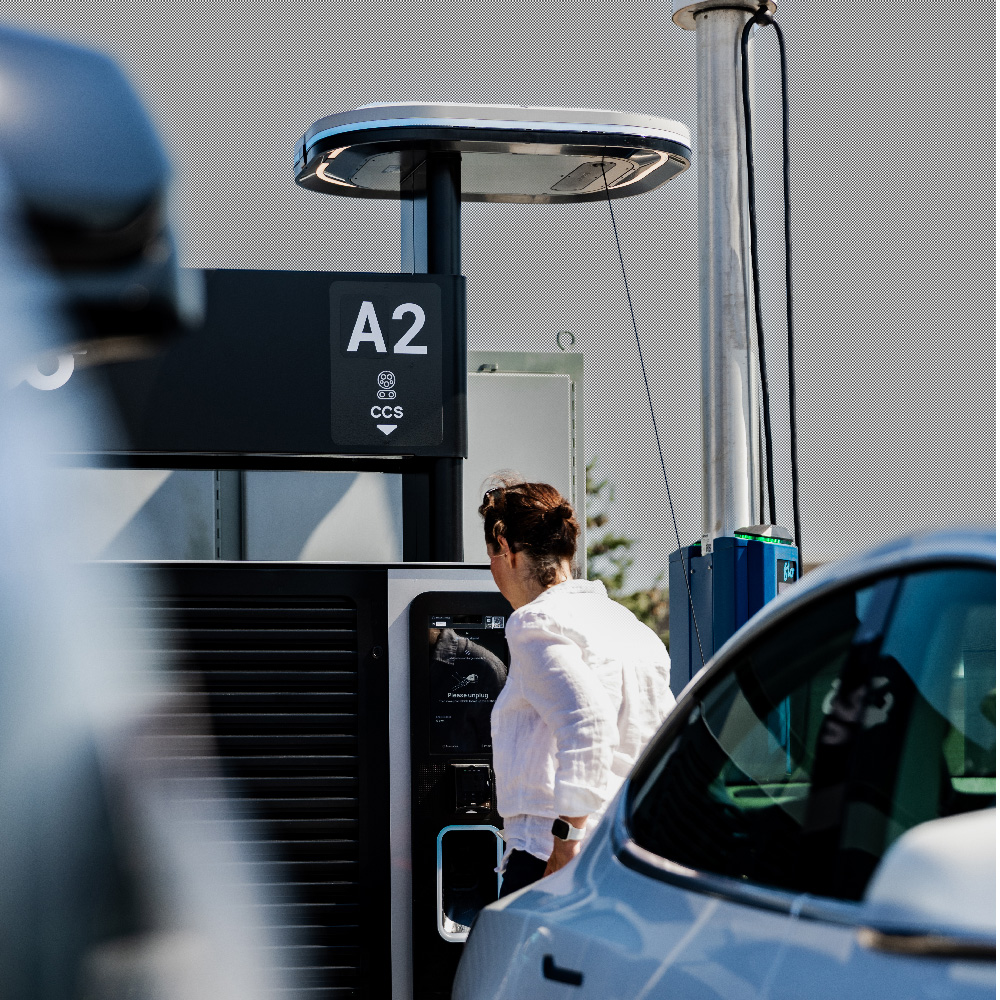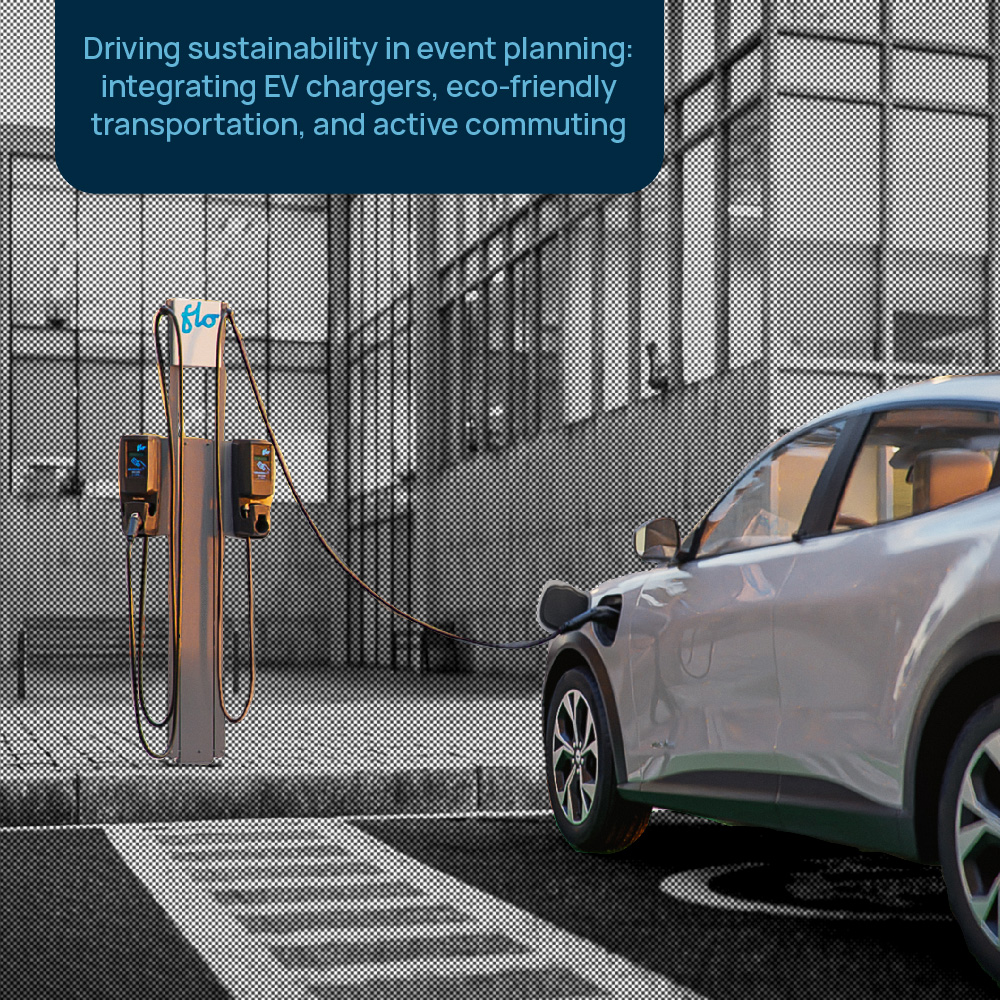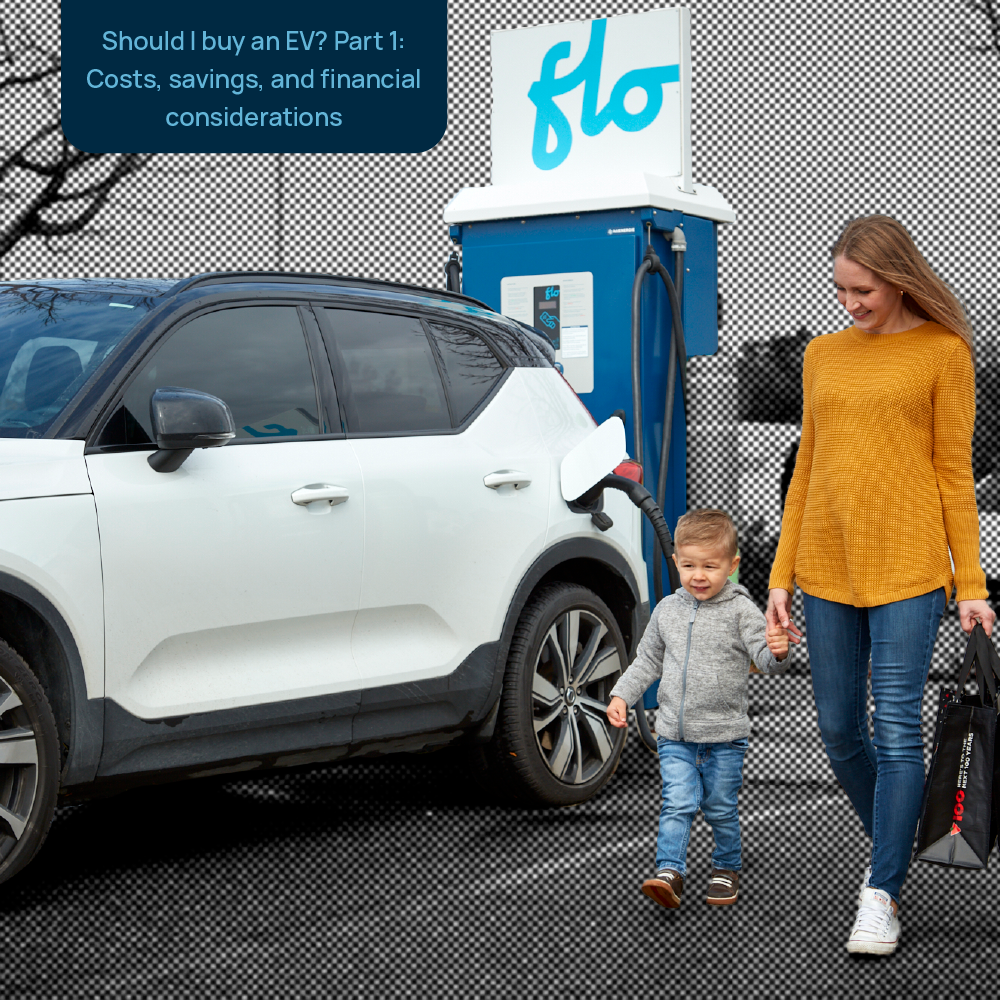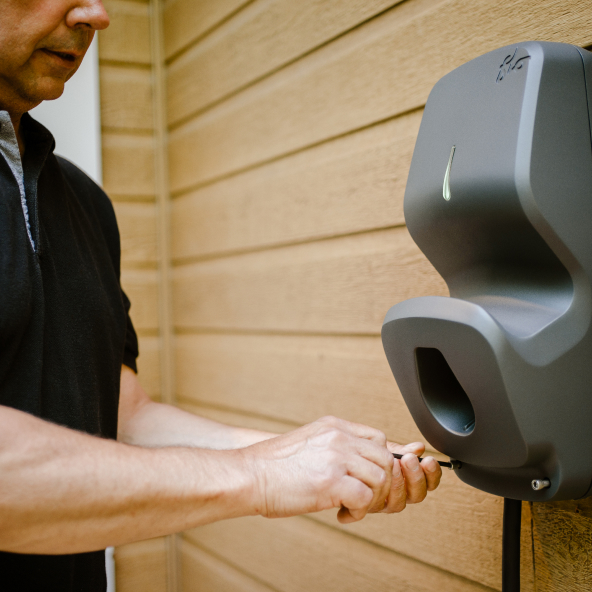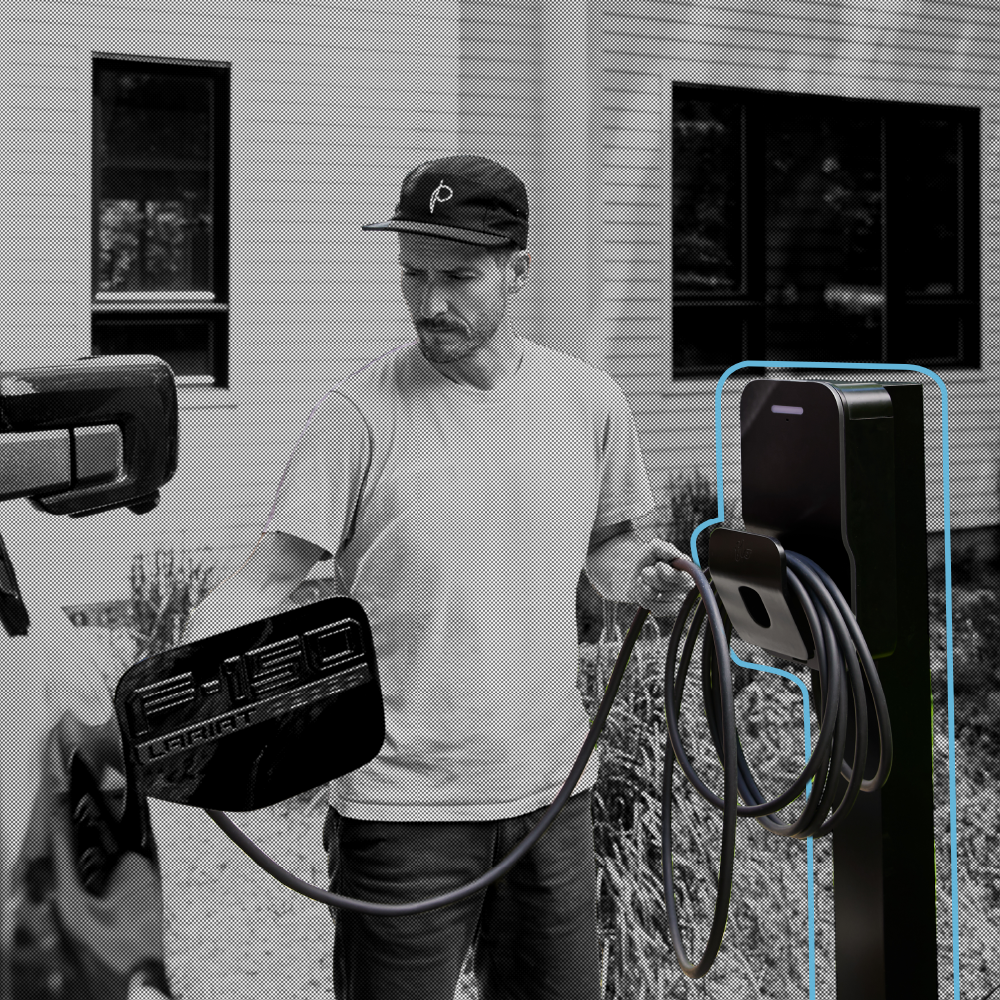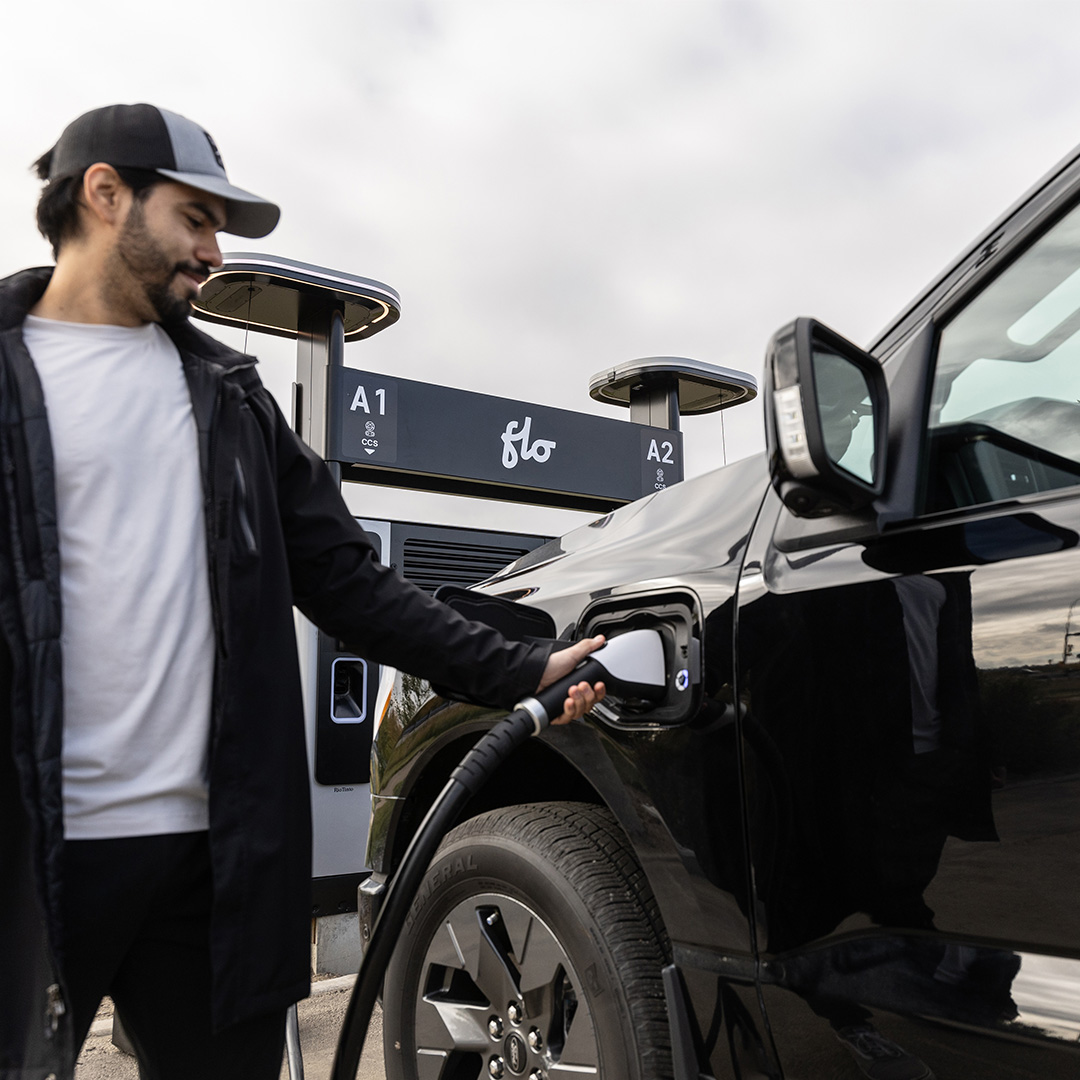- For EV Drivers
- For Business
- Incentives
- Alberta incentives
- British Columbia incentives
- Manitoba incentives
- New Brunswick incentives
- Newfoundland and Labrador incentives
- Northwest Territories incentives
- Nova Scotia incentives
- Nunavut incentives
- Ontario incentives
- Prince Edward Island incentives
- Quebec incentives
- Saskatchewan incentives
- Yukon incentives
- Products
- Insights
- Company
- Shop now
Paying for EV charging by the kWh, what does it mean?
If you’re driving an EV in Canada, you might start seeing a new unit of measurement for public charging sessions soon: kWh. For now, this optional method will only be available for some level 2 charging stations, but we expect fast chargers to get their own standard soon, too. Let’s look at what this means for you and why you should care.
Back to the basics of EV charging billing
Until now, EV charging stations owners in Canada were only allowed to bill drivers in a couple ways: time spent charging, fixed rate, free, or some combination of those options.
At FLO, we’re all for having options – that’s why we’ve been working to help advance kWh billing options in North America for years. Options allow for flexibility and tailored solutions to specific charging needs. Billing by kWh allows you to pay based on the quantity of energy your car gets from the station, and it is a big deal for transparency and equity.
Billing based on kWh may seem like common sense, so you might find yourself wondering why it took so long to be allowed. In Canada, anytime you’re paying for something based on a quantity measure (like grams, litre, kWh and so on), it goes through a thorough regulatory process run by Measurement Canada. From the bananas you pay for by the Kg to the gas you pay for by the litre, everything must abide by specific consumer protection standards. And that’s a good thing – it ensures the prices you pay are fair. The regulatory structure for the EV charging industry was just not there yet, but it’s starting to be developed.
What’s a kWh again?
If your high school electricity lessons are a bit hazy, here’s a quick reminder. There are two important measurements when talking about charging electric vehicles: Kilowatt (kW) and Kilowatt-hour (kWh). A kW is a quantity of power. The higher the kW value, the faster a battery can be charged. Meanwhile, a kWh is a quantity of energy – just like calories in a banana – that is stored in the vehicle’s battery and can be used to power the car. On average, 1 kWh is enough energy to drive approximately 5 km.
How much will it cost to charge my car?
Now that’s the big question. And the answer will depend on the pricing owners of charging stations implement, the capacity of your car and the type of EV charger you’re using. For public charging, station owners will be able to choose how much they charge you per kWh, and if they want to implement “hybrid pricing” e.g. a combination of time and kWh to encourage turnover of station use. But it should not have a major impact on your day-to-day if you typically charge at home – since your home charging station won’t be affected by this new standard.
Read more: Public EV charging etiquette
Because most EVs can take a full L2 charge, the ability for site hosts to use kWh or a combination of kWh and time-based pricing is not likely to make a major difference when using L2s.
But, when standards are released for fast charging stations (DCFC), it could make a difference for some users. Let’s use an example. A high-performance EV capable of charging at up to 300 kW, will enable drivers using a 300kW-capable charger to get 50 kWh of energy or about 250 km of range in 10 minutes – depending on the starting state of the battery. A lower entry vehicle or older model might only charge around 30 kW. To get the same 50 kWh, that car will need to charge for about an hour and 40 minutes.
The new kWh billing model means that if a driver with a high-performance vehicle and a driver with an older model pull up to a charging station that charges based on kWh, they’ll both pay the same amount to get their 50 kWh. It will just take longer for one. Keep in mind, however, that station owners might include a time charge as well.
If it’s set to bill by time, the high-performance car will only pay for 10 min of use to get 50 kWh. While the driver with the more economical car will have to pay for an hour and 40 minutes. This means the owner of the high-end car could end up paying 10 times less than the one with the lower-end car.
Why is billing by kWh good news for EV affordability?
Imagine if, instead of paying for the quantity of fuel you pump in your gasoline-powered car, you were charged based only on your ability to fill up as quickly as possible. That’s basically how EV charging is billed right now. You can see how billing by time can cause equity issues at higher power levels.
If we want to address some of the equity issues in the EV world, offering the option of billing by kWh is a step in the right direction. It might also help accelerate infrastructure development, as it can allow a more transparent and predictable revenue stream for station owners.
What will the coming months and years look like in the EV charging world?
Billing by kWh will be optional in Canada – adopting this method won’t be mandatory. As networks and station owners decide how they’re going to proceed, there will be a transition period. Check the FLO app to see updated billing information for specific stations.
As some networks switch to this new billing standard, and we gather feedback and usage statistics, we’ll eventually learn if a billing model is preferred by users for different types of stations. This is an evolving area, and we’re looking forward to hearing what our users have to say!
And remember. We’ll be there every step of the way. If you have question about what this transition means for you, don’t be afraid to reach out.

